Disaster Recovery as a Service vs. Backup as a Service: Understanding the Difference

Two methods to protect your organization’s data and IT infrastructure are Backup as a Service (BaaS) and Disaster Recovery as a Service (DRaaS). While both services provide data backup and recovery, each solution offers functions you may or may not need.
Why You Need Data Backup and Disaster Recovery
Companies today depend on their data to carry out daily operations, decision-making and customer interactions. This data can include sensitive information, financial records, customer data and intellectual property.
Data loss or downtime can have severe outcomes such as financial loss, reputation harm and legal repercussions. With a reliable backup and disaster recovery strategy in place, you can ensure uninterrupted business operations and minimize the impact of data loss or system failures.
What is Backup as a Service?
Backup as a Service (BaaS) is a managed, cloud-based solution that provides automated and secure backup of your organization’s data. With BaaS, your data is stored in an off-site location such as a secure data center to ensure its safety and accessibility in the event of a disaster or system failure.
BaaS is simple. Instead of relying on tape drives or physical storage devices, you can automate the backup process and eliminate the need for manual intervention. This keeps your data backed up regularly without any hassle or disruption to your daily operations.
Why Use Backup as a Service Providers?
One main benefit of BaaS is data protection. With BaaS, your data is securely stored off-site, protecting it from physical damage, theft or natural disasters, and ensuring it can be easily restored when needed.
Backup as a Service providers offer cost-efficient subscription-based services. By paying a subscription fee based on your storage requirements, you eliminate the need for expensive hardware like tape drives or additional servers and the associated maintenance and management costs.
As your organization grows and your data storage needs increase, BaaS allows you to easily scale up your storage capacity without additional hardware or infrastructure upgrades. This flexibility ensures that your backup solution can adapt to your changing business needs.
What is Disaster Recovery as a Service?
While BaaS focuses on data backup, Disaster Recovery as a Service (DRaaS) covers your entire IT infrastructure. DRaaS solutions back up your data and replicate servers and applications to a secure offsite location. They also include failover mechanisms and testing procedures to ensure business continuity.
In the event of a disaster, you can quickly and seamlessly switch to the replicated environment, minimizing downtime and ensuring your business operations can continue without interruption.
Benefits of DRaaS Providers
In addition to data backup, Disaster Recovery as a Service offers the benefit of near-instant recovery, as your replicated environment is readily available and can be activated with a few simple steps. This minimizes downtime so your business can continue operating without significant disruptions.
With the comprehensive disaster recovery capabilities of DRaaS, your organization can maintain business continuity even in the face of major disruptions. Whether it’s a natural disaster, hardware failure or cyber-attack, DRaaS solutions ensure that your critical systems and data are protected and available when you need them. Additionally, DRaaS providers often offer regular testing and verification of their disaster recovery capabilities to ensure that your disaster recovery plan is effective and that your systems can be recovered successfully.
Evaluating DRaaS and Backup as a Service Providers
DRaaS and BaaS providers offer many solutions. Before you choose, consider these factors:
- Reliability and performance: The provider should have a good track record. Check customer reviews and testimonials to gauge their reputation and ensure their services meet your organization’s needs.
- Security and compliance: DRaaS providers must have robust security measures to protect sensitive and confidential information, including encryption, access controls and regulation compliance.
- Support and Service Level Agreements (SLAs): Check the provider’s level of support and SLAs, and look for guarantees regarding recovery time objectives (RTOs) and recovery point objectives (RPOs) to ensure they can meet your organization’s recovery needs.
Finding the Right Backup and Disaster Recovery Solution for Your Business
Your business can’t afford to be down, even after a disaster. That’s why data backup and disaster recovery are essential for the continuity and security of your business. Whether you opt for Backup as a Service or Disaster Recovery as a Service, OneNeck’s Reliacloud can provide the protection your organization needs.
Reliacloud has flexible options to get your organization’s perfect fit, with numerous hyperscale cloud and on-premise backup and disaster recovery options that help protect your organization from downtime and data loss. To learn more, read how OneNeck’s Reliacloud can protect your organization from downtime and data loss.
Additional Resources:




